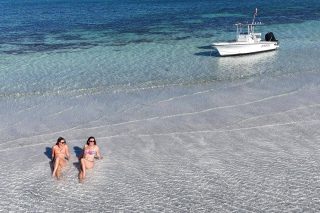Key West’s Maritime History
General
Posted by: Danger Charters
6 months ago
Key West history is long, varied, and – if you love boats, underwater treasures, and high-seas adventure like we do – incredibly exciting. In this article, we’ll dive into events of the most historical significance of Key West, answering some frequently asked questions along the way, including: Were there pirates in Key West? Has treasure been found locally? Can you snorkel over any wrecks today? Yes, yes, and yes! Read on for a chronological jaunt through Key West’s maritime history!
Calusa Society (Pre-1500s)
The indigenous people of Key West were the Calusa. They were a maritime culture that used the surrounding waters for fishing, trade, and transportation long before European explorers arrived.
While their language and customs have been lost over time, it is believed that the Calusa referred to Key West by a name interpreted by Spanish explorers to be Cayo Hueso, meaning Bone Island. The Spanish found the name fitting because, reportedly, they found it littered with bones – possibly remnants of burial grounds or battles. Over time, Cayo Hueso was anglicized into Key West.
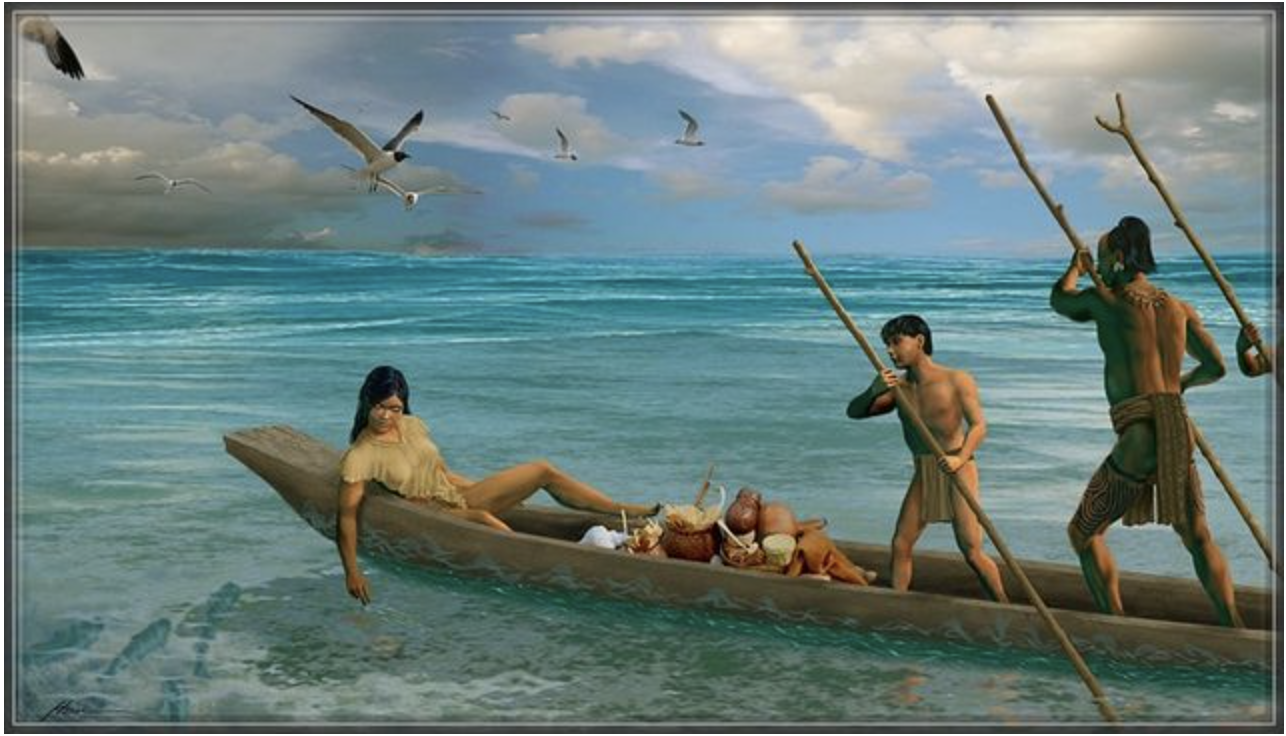
Artifacts found in the Keys, including tools, pottery, and shell mounds, help to tell the Calusa’s story. What is known of the Calusa is often referenced by local tour operators and what remains can be seen on exhibition in such places as the Florida Keys History & Discovery Center in Islamorada.
Spanish Exploration (1500s)
The Spanish exploration was launched to map valuable trade routes and lead colonization efforts in the New World. Prominent explorer and conquistador Juan Ponce de León – whose hopes for discovery included the legendary Fountain of Youth – was among the first to reach what he called La Florida, meaning the land of flowers.
During this expedition, Ponce de León and his crew navigated the Florida Keys. The island chain was prized for its strategic location between the Atlantic Ocean and the Gulf of Mexico and he was granted permission to colonize Florida. His second expedition in 1521, however, met with resistance from the Calusa. During a skirmish, Ponce de León was wounded by a poisoned arrow. He was taken to Cuba, where he died from his injuries.
Spanish Treasure Fleet (1622)
The Nuestra Señora de Atocha, the Santa Margarita, and several other Spanish galleons sank during a hurricane near the Florida Keys while carrying vast amounts of treasure from Central and South America back to Spain. Spanish galleons were large multi-decked sailing ships with three or four masts, square-rigged sails, and both cargo and combat capabilities.
Knowledge of this event contributed to the area’s reputation for shipwrecks and later inspired treasure hunters, including Mel Fisher. Fisher’s team discovered the wreckage of the Santa Margarita in 1980 and – after a 16-year search – the Atocha in 1985.
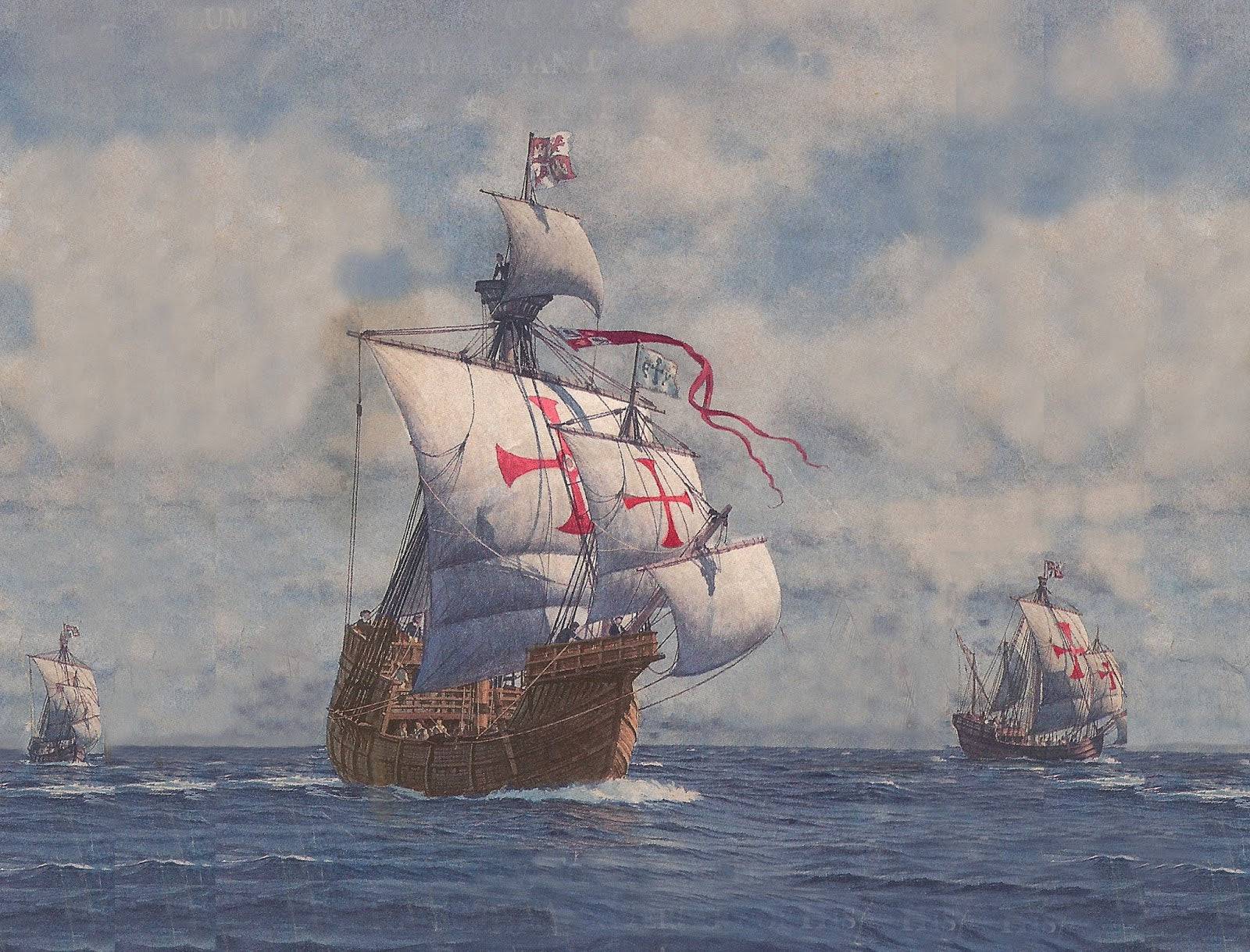
The Atocha’s cargo of gold, silver, and emeralds has been deemed one of the most valuable treasure hauls in history. Its discovery further cemented Key West’s status as a hotspot for treasure hunters and maritime history enthusiasts.
Artifacts from both ships, such as coins, weapons, and religious objects from the Santa Margarita and gold, silver, and emeralds from the Atocha, are on display at the Mel Fisher Maritime Museum in Key West.
Piracy Era (Late 1600s – Early 1700s)
During the Golden Age of Piracy, the Florida Keys became known for pirate activity. Key West pirates such as Black Caesar were said to have used the region’s shallow waters and hidden coves as bases from which to launch attacks on Spanish ships. Though less documented, it’s likely that Jean Lafitte, a notorious pirate and privateer, may have also operated in and around the Florida Keys during the early 1800s.
U.S. Settlement (1822)
Key West was officially claimed for the United States by Navy officer Matthew C. Perry on March 25, 1822. The strategic location of Key West made it an important base for the U.S. Navy, particularly for anti-piracy operations.
The building of Fort Zachary Taylor (1845–1866) was another step in solidifying U.S. control over the region and protecting maritime trade routes. During the Civil War, the fort allowed the Union to control the Gulf of Mexico and maintain a naval blockade against Confederate forces.
The Fort’s establishment also symbolized the end of Key West pirate activity.
Wrecking Era (1820s – Late 1800s)
By the mid-1800s, Key West shifted from piracy to legal wrecking, which was defined by the thriving and highly profitable business of salvaging goods from ships that had wrecked on the dangerous coral reefs surrounding the Florida Keys. This era was crucial to the economic development of Key West and transformed the island into one of the wealthiest cities in the United States during the 19th century.
One of the wrecks of this era was the merchant ship Isaac Allerton, which sank in 1856 during a hurricane while carrying silks, tobacco, and molasses. Despite the location of the ship not being discovered until the 1940s by Art McKee, the “father of modern treasure diving,” and it not being fully explored until 1985 by Bubba Graves and Mike Gerardi, the Isaac Allerton remains one of the most lucrative salvage operations in the region to this day.
Artifacts from the Isaac Allerton make up one of the key exhibits at the Shipwreck Treasure Museum in Key West.
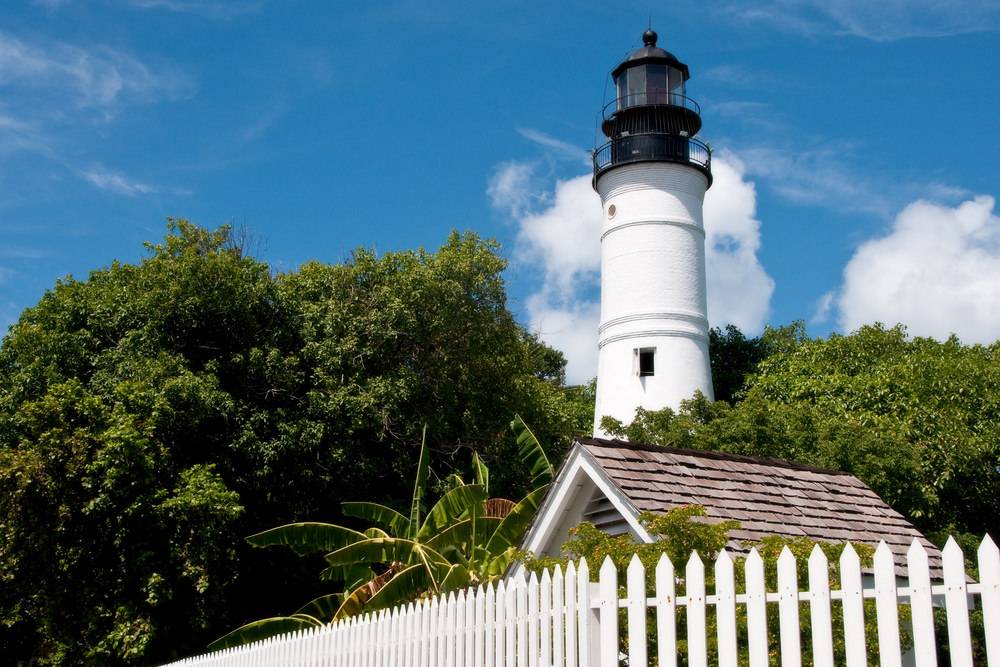
Key West Lighthouse (1848)
The Key West Lighthouse was built in 1848 to guide ships safely through the treacherous waters surrounding the Florida Keys that had claimed many shipwrecks.
The first keeper of the Key West Lighthouse was Barbara Mabrity – a rare appointment for a woman in the 19th century. All told, Mabrity served as the keeper for 32 years before she was dismissed for holding “pro-Confederate sympathies” while Key West was a Union-controlled area.
Spanish-American War (1898)
In February 1898, the USS Maine, an American battleship based in Key West, exploded and sank in Havana Harbor, Cuba. At the time, Cuba was under Spanish colonial rule, and there was growing unrest and calls for Cuban independence.
Although the exact cause of the explosion was unclear, the media blamed the event on Spain, publishing the rallying cry “Remember the Maine, to Hell with Spain!” to galvanize public support for military intervention in Cuba.
On April 25, the U.S. declared war on Spain, marking the beginning of the Spanish-American War. The war resulted in a decisive victory for the United States and led to the U.S. gaining control of former Spanish territories, including Cuba, Puerto Rico, Guam, and the Philippines. This marked the emergence of the U.S. as a global power.
Several of the crewmen who perished on the Maine are prominently memorialized at the Key West Cemetery, buried under a statue of a sailor holding an oar.
Overseas Railroad (1912)
Henry Flagler’s Overseas Railroad connected Key West to the Florida mainland, transforming the island’s economy and reducing its reliance on maritime trade routes. The railroad opened the area to tourism and commerce, although it was severely damaged in the Labor Day Hurricane of 1935.
Naval Air Station Key West (1917)
During World War I, the U.S. Navy recognized the strategic importance of Key West’s location and officially established the Naval Air Station (NAS) in 1917. The base initially supported seaplanes and early naval aviation activities, helping the Navy patrol for German submarines in the Gulf and the Caribbean.
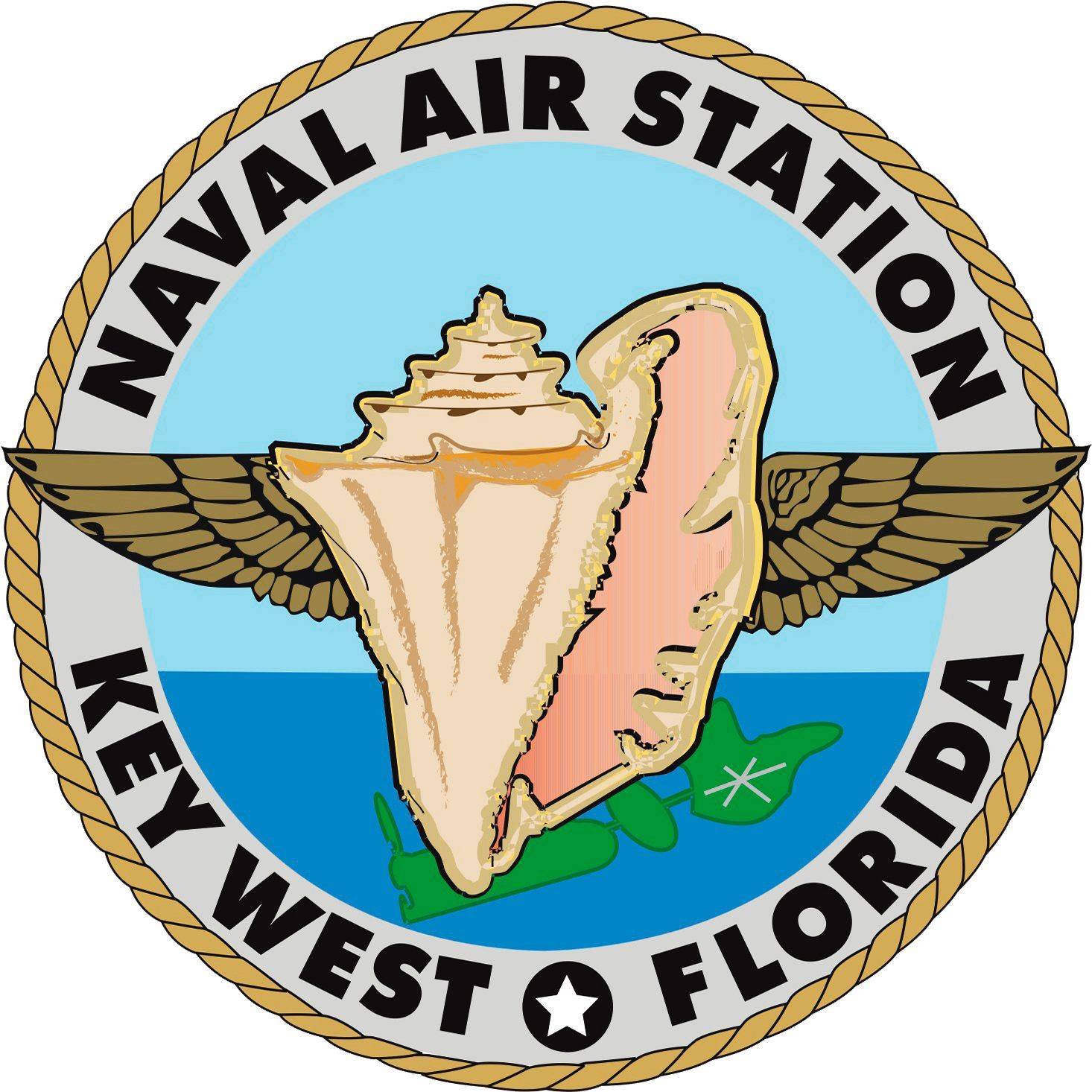
NAS Key West expanded significantly during World War II in the 1940s as the base became a critical site for training pilots and patrolling the waters for enemy subs. It also served as a key point for defense operations in the Atlantic and Caribbean.
During the Cold War, NAS Key West became even more strategically important due to its proximity to Cuba and the Soviet influence in the Caribbean. It was heavily involved in operations during the Cuban Missile Crisis of 1962.
Florida Keys National Marine Sanctuary (1990)
In 1990, the Florida Keys National Marine Sanctuary – which includes the Backcountry – was established to protect the coral reefs and maritime ecosystems around the Keys. This effort was aimed at preserving the area’s rich underwater heritage, including shipwrecks and coral formations.
In 2009 the USNS General Hoyt S. Vandenberg, a massive 522-foot decommissioned military ship, was intentionally sunk in the Sanctuary to create an artificial reef. Now lying at a depth of about 140 feet with the highest point just 40 feet from the surface, the Vandenberg is among the most popular diving sites in the area.
Are you ready to make your own Key West history? Join the Dangers Charters crew for an unforgettable sunset cruise or sail, snorkel, and kayak excursion – or set your own course with a private charter! Fair winds and following seas!
Categories:
You May Be Interested In:

Boat Charter Safety
2 months ago by Danger Charters
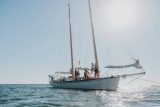
Family-Friendly Sailing: How to Keep Kids Entertained on a Key West Cruise
4 months ago by Danger Charters

Wildlife to Watch for While Sailing in Key West
5 months ago by Danger Charters

What To Do With Kids In Key West
7 months ago by Danger Charters
